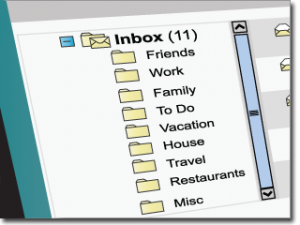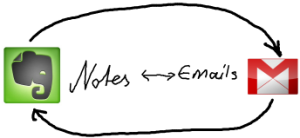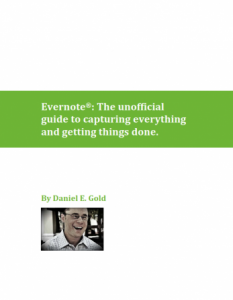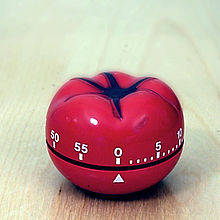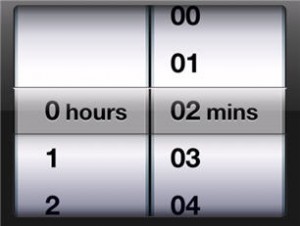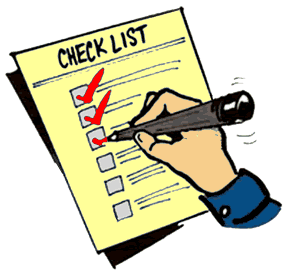Yesterday’s post was about my wife’s experience at her dentist and an important marketing (billing) lesson for attorneys.
Today, she got her oil changed. She was very impressed with her experience (great customer service, low prices) and she told the owner how she felt. She asked him for some of his business cards because when my wife finds something she likes, she will go out of her way to tell people about it.
During her conversation with the owner, she happened to mention a service her business offers (she and I own a service-related business). He was busy, of course, but he was interested in hearing more, so she gave him a brochure.
Guess what? He thought his customers would also be interested in our service and asked for more brochures to display on his counter.
Networking doesn’t have to be complicated or overly time consuming. It can be as simple as making new contacts while you’re busy running errands or otherwise going about your daily business. When you find a product or service you like, ask for some cards or literature. Tell your friends and clients about it. Â Tweet about it. Promote it.
Do this because you like the products or services and without any expectation that the owner or manager will do the same for you. If that happens, consider it a bonus.
When you approach networking like this, without an agenda, without demanding reciprocity, you will enjoy the process and do it naturally. Your friends and clients will get the benefit of your recommendations and be grateful to you. “Wow, my lawyer always has these great tips. . .”. Â They might even start reading your newsletter or Liking your Facebook fan page.
And. . . something else will happen.
What do you think the owner of the business you are promoting will do when three new customers come into his place of business this week and mention they were referred by you?
If you want to build your business, go promote someone else’s.


